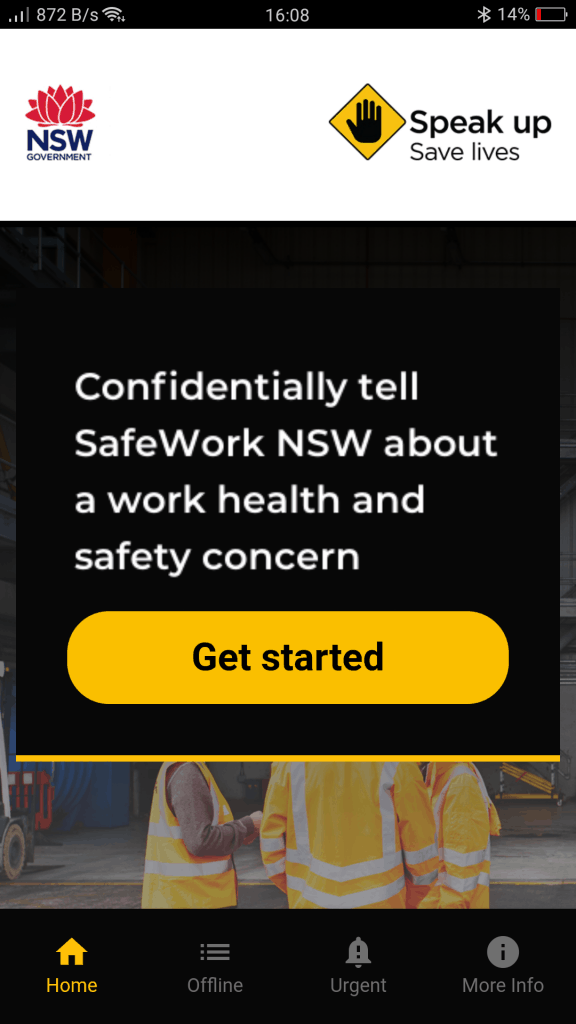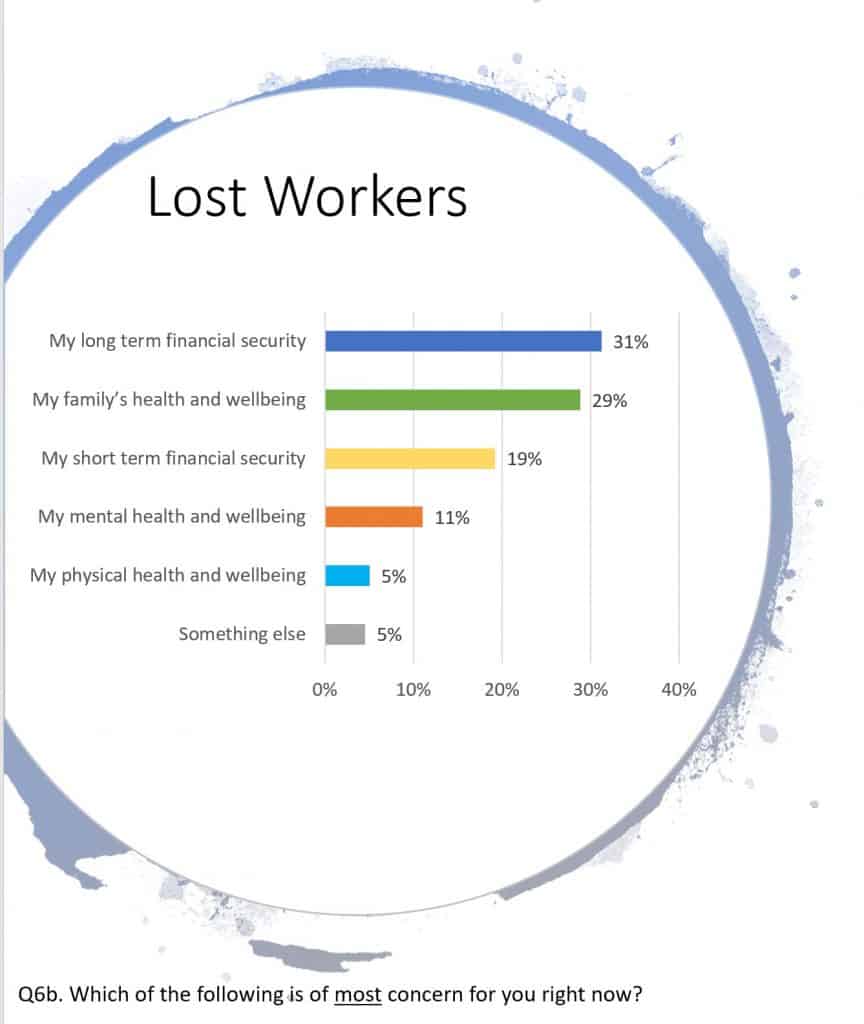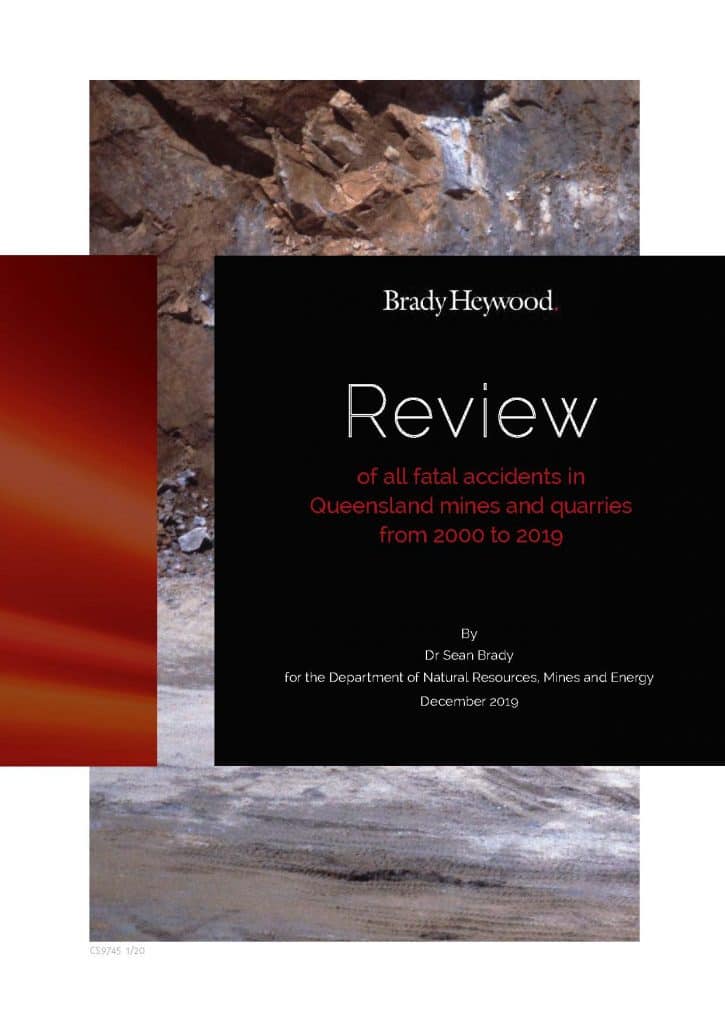So, Victoria now has Industrial Manslaughter laws. Now what? Within days of the activation of these laws a worker died at the Thales worksite in Bendigo. This location is covered by the Federal Work Health and Safety laws, but this has not stopped social media from mentioning Industrial Manslaughter. It seems now that every work-related death will be assessed through the IM lens. It may be that the threat of jail should always have been the starting point for occupational health and safety (OHS) penalties and investigations but initial responses to the IM laws have been mixed, and some seem to be more interested in what, in the past, has been a sideline to the IM discussion – deaths, in work vehicles, suicides and industrial illness.
Category: statistics
Safety notification app

Last weekend across the road from home, two workers were on the roof of a three-storey apartment block construction installing or inspecting solar panels. No fall protection, no harnesses. I grabbed my phone to notify my local WorkSafe about this unsafe work activity. The switchboard was closed, and the phone number listed on the website was identified as only for emergencies. Was this an emergency? Not sure. By the time I worked it out, the workers were off the roof and the opportunity passed.
I now wish that my State had a notification app like that operating in New South Wales. I would have taken some photos and notified the occupational health and safety (OHS) regulator. The “Speak Up, Save Lives” app seems good, but it may also undercut the pathways to Consultation established through the OHS laws.
Gender, OHS and Checklists

The topicality and importance of many issues highlighted in early 2020 have disappeared. One of them was the issue of sexual harassment in the workplace and Libby Lyons, Director of the Workplace Gender Equality Agency, has released the speech she intended to give at the, now cancelled, Commission on the Status of Women meeting at the United Nations. Lyons said this about sexual harassment and employers:
Workers and COVID19 survey

Last week the Australian Council of Trade Unions (ACTU) released some research into workers and COVID19. It is not peer-reviewed and there will certainly be much more research into the disruption and personal and occupational responses to the coronavirus disruption over the next few months. The survey results do not specifically analyse occupational health and safety (OHS) issues but there are clues to future considerations.
The media release, understandably, discusses the changed employment status or arrangements. The OHS hazards associated with precarious work are well-established and the survey illustrates the extent of precarity in Australian workplace, so mental health issues are going to come to the fore as government-imposed isolation continues and/or businesses reopen.
Business COVID19 survey could have been clearer and more useful
On April 14, 2020, the Australian Industry Group revealed, in a media release, some details of how its members were responding to the COVID19 pandemic. The survey was described as economic research and, as occupational health and safety (OHS) is mentioned, SafetyAtWorkBlog asked from more details on the OHS-related findings.

The survey found:
“There has been a steep rise in workload as a result of new OH&S policies and procedures around hygiene (34%) and working from home (25%).”
“Employees are also anxious, with 31% of businesses saying there is increased anxiety levels within their workforce.”
The Brady Report busts myths and offers a new way

A bombshell occupational health and safety report was tabled in the Queensland Parliament on February 6, 2020. Dr Sean Brady of the Department of Natural Resources, Mines and Energy undertook a forensic assessment of mining fatalities occurring over almost 20 years and has made recommendations that busts some mine safety myths and offers a, potentially very disruptive, way forward.
Brady issued 11 recommendations with many of them hitting the OHS regime of mining companies and safety regulators hard. As the report is over 300 pages, this article is based largely on the Executive Summary.
Mental health prevention is still glossed over
The latest edition of CEO Magazine contains a brief report of a workplace mental health breakfast seminar. It is written by John Karagounis, the CEO of the CEO Circle, the host of the seminar. Prominent speakers included Julia Gillard, Paul Howes and Georgie Harman, all associated with beyondblue. The prevention of mental ill-health at work is only inferred in this article, which reflects the dominant, and limited, perspective of most of the mental health sector. A deeper and broader analysis of workplace mental health is deserved.
However, the article included two statements of note. Clarification is being sought on this Karagounis statement:
